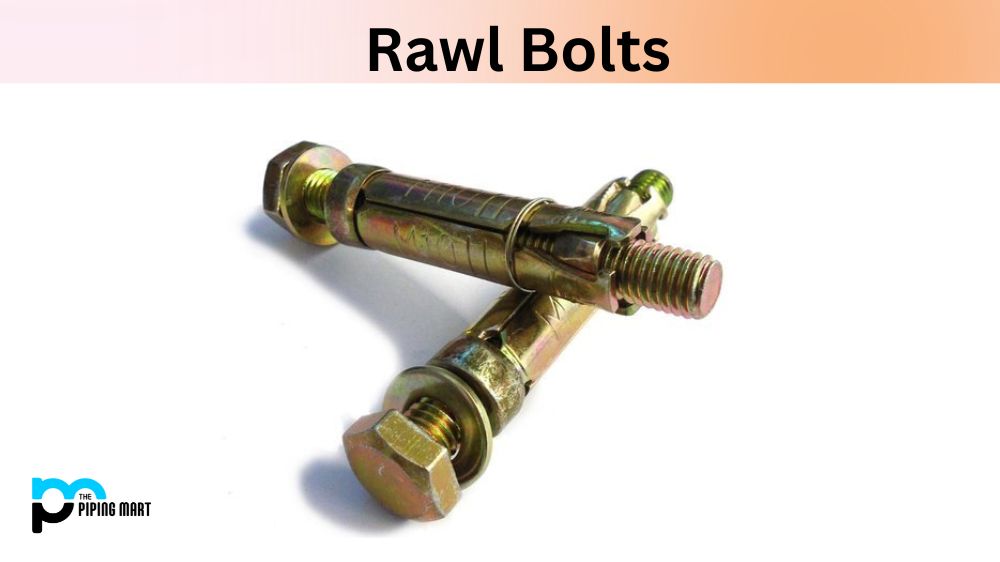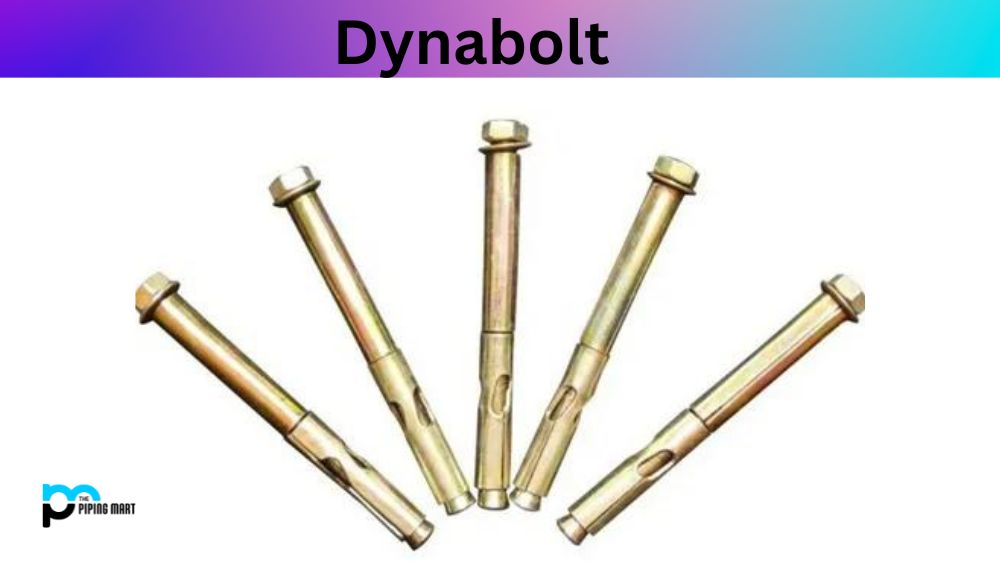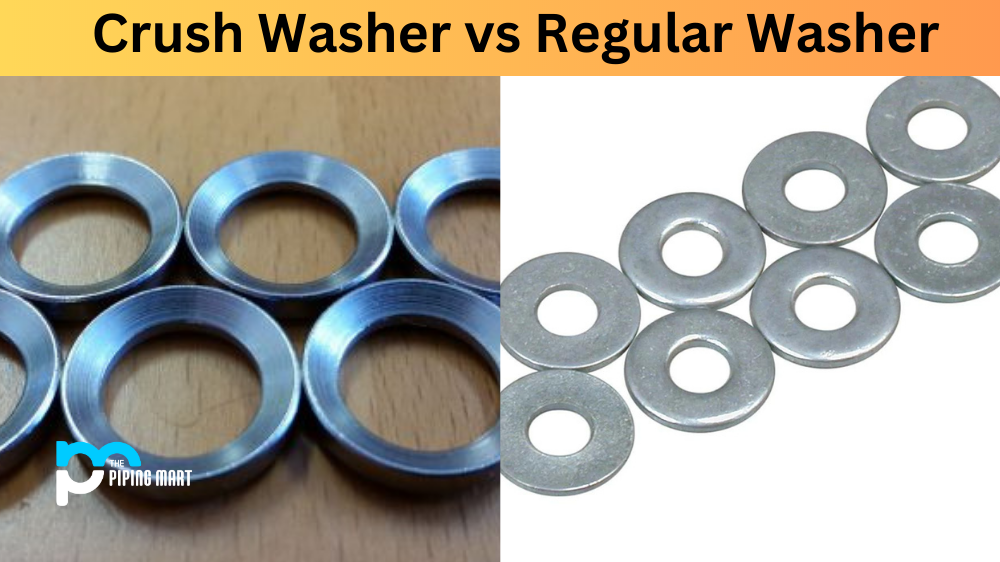Rawl bolts are often the go-to fastening solution for many DIY enthusiasts when securing heavy fixtures or mounting objects onto walls. But just like any other fastening method, rawl bolts have their own set of advantages and disadvantages. In this post, we’ll explore the pros and cons of using rawl bolts for your DIY projects so that you can decide whether they are the right solution for your needs.
What is Rawl Bolt?
Rawl Bolts are a type of mechanical fastener that combines two pieces of material together, usually metals. They have an externally threaded cylinder typically made from steel, which is inserted into a hole in the material and tightened with a nut. The head of the bolt can be hexagonal or flat and has internal drive mechanisms such as Allen or Torx drives.
Advantages of Rawl Bolts
Superior Hold: Rawl bolts are known for their impressive load-bearing capacity, making them strong enough to support heavy objects such as shelves, cabinets, and other wall-mounted fixtures.
Versatility: They come in different sizes and lengths, making them suitable for various applications, including brickwork, masonry, and concrete. And because they can be used with various materials, they are a versatile solution for DIY enthusiasts.
Quick and Easy Installation: Unlike other fastening methods, such as molly bolts or toggle bolts, rawl bolts can be installed quickly and easily using basic hand tools with minimal effort and fuss.
Cost-effective: Rawl bolts are relatively cheap and easy to find, making them a cost-effective option for any DIY project.
Disadvantages of Rawl Bolts
Limited Use: Rawl bolts are designed specifically for hard materials such as concrete, brickwork or blocks. If you are trying to fix something to a wall made of soft materials such as plasterboard, there are better solutions than rawl bolts.
Pre-Drilling is Required: Before fitting a rawl bolt, you need to drill a hole in the wall to the diameter of the bolt. This can be time-consuming and requires a steady hand. Additionally, this drilling process causes dust and debris, which can dirty your work area.
Not Easily Adjustable: Once you have inserted a rawl bolt into the wall, it may be challenging to reposition it if you need to make changes. So, be sure you’ve chosen the right spot before drilling in your bolt.
Potential Weakness: If you are installing a rawl bolt in a soft material, there is a chance that the bolt can loosen over time, and the fixture may come loose. That is because the rawl bolt’s threads can cause the wall’s soft material to crumble as the bolt tightens.
Conclusion:
In summary, rawl bolts are a strong and versatile fastening method that is useful for a wide range of DIY projects. However, they’re only suitable for some materials and require pre-drilling to fit correctly; therefore, they may not be the right option in every situation. Before using rawl bolts, research and analyze the application to avoid frustrations later on. If drilled and fitted correctly, rawl bolts can offer a reliable and long-lasting solution that can be relied upon for years.

Meet Bhavesh, a seasoned blogger with a wealth of knowledge and experience. From metal products manufacturing to retail, Bhavesh has a diverse background in various industries and is dedicated to sharing his insights and expertise with readers.




